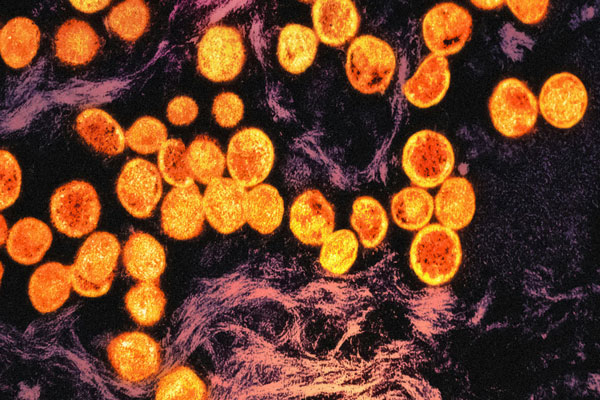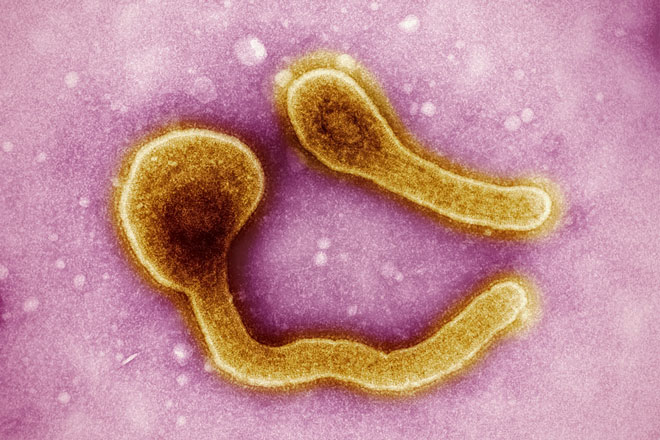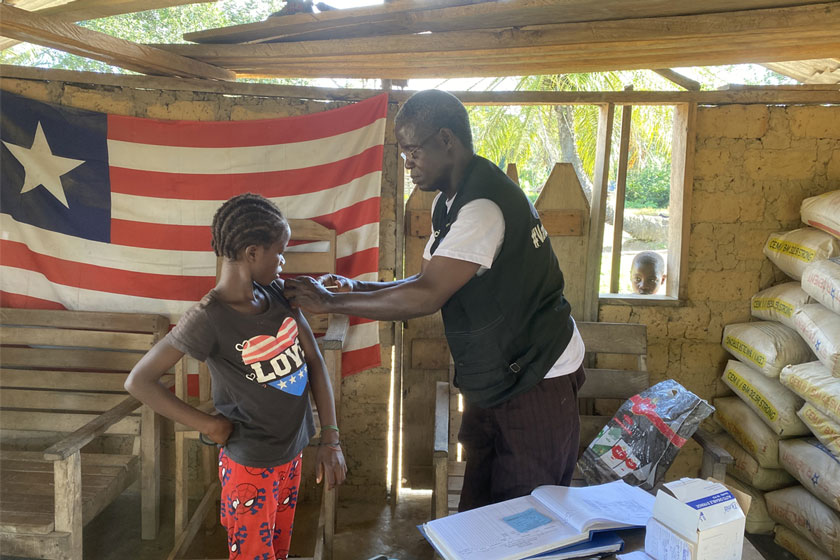Larvae-eating fish and anti-mosquito drones: China battles largest-ever chikungunya outbreak
An outbreak of the mosquito-borne disease is leading China to enact preventive measures.
- 15 August 2025
- 3 min read
- by Priya Joi

China is currently grappling with its largest-ever chikungunya outbreak, with over 8,000 cases reported in Guangdong Province since June 2025.
Foshan City is the epicentre and cases are now being reported in neighbouring regions, including Hong Kong and Macao. So far, cases have been mild with no deaths, said the Chinese Center for Disease Control (China CDC).
Nevertheless, the outbreak has prompted China's government to put in place robust containment measures: using drones to identify sources of standing water, fines for homes failing to eliminate standing water, the deployment of thousands of larvae-eating fish and the use of community isolation for infected individuals.
According to the European Centre for Disease Control and Prevention (ECDC), by July 2025, around 240,000 chikungunya cases and 90 deaths have been reported in 16 countries and territories in the Americas, Africa, Asia and Europe.
For a halfway point in 2025, so far this tracks with 2024 global numbers, which were around 500,000 chikungunya cases and 190 deaths.
Until June this year, however, most cases had been in the Americas, with the highest number of cases in Argentina, Brazil, Bolivia and Peru.
Cause for concern
Chikungunya is a mosquito-borne viral disease causing intense fever and incapacitating joint pain.
While most cases resolve within a week, some patients experience lingering symptoms for months or years and rare instances can involve severe complications or death, particularly among older adults, infants and those with weakened immune systems.
It is mostly spread through Aedes mosquitoes, which thrive in warm, humid environments.
China’s unprecedented outbreak highlights a stark reality: mosquito-borne pathogens are increasingly breaching environmental and geographic barriers because of climate change, urbanisation and increased travel.
Experts warn that the combination of Guangdong’s climate and high population density has provided ideal conditions for the virus to spread quickly.
Dr Doris Kemunto Nyamwaya, an epidemiologist at the London School of Hygiene and Tropical Medicine (LSHTM) Centre for Epidemic Preparedness and Response, said: “The outbreak in southern China is of concern, particularly given that chikungunya is not typically endemic to this region.
“The detection of cases suggests that either the virus is being imported and finding favourable conditions for local transmission, or there may be gaps in surveillance that have previously missed earlier introductions.”
Global travel is a major factor in the disease’s spread to other regions, said Dr Nyamwaya. The UK has seen triple the number of cases between January and June this year compared to 2024, jumping from 27 cases to 73.
The US CDC has issued a Level 2 travel advisory for Guangdong, calling for “enhanced precautions”, including use of insect repellents and avoidance of areas with standing water, underscoring global concern over the outbreak's potential to spread with international travel.
Have you read?
Vaccine hope
Chikungunya vaccines do exist: Bavarian Nordic’s vaccine has been approved by the US Food and Drug Administration and Valneva’s vaccine, called IXCHIQ – a single-dose chikungunya vaccine that can offer five years of protection – is now authorised by the US, European Union and the UK.
However, so far the vaccine is limited to travel jabs as the World Health Organization has not prequalified a chikungunya vaccine for use in outbreaks, although this is in process.
An additional issue, according to Dr Nyamwaya, is that existing vaccines “have not been fully evaluated across diverse populations, particularly in endemic settings.
“Different chikungunya virus genotypes are known to cause varying clinical severity. Notably, the East/Central/South African (ECSA) genotype has been associated with more severe disease, in contrast to the milder presentations typically seen with the Asian genotype.
“Vaccine performance across genotypes and population subgroups remains a critical area for further study.”









